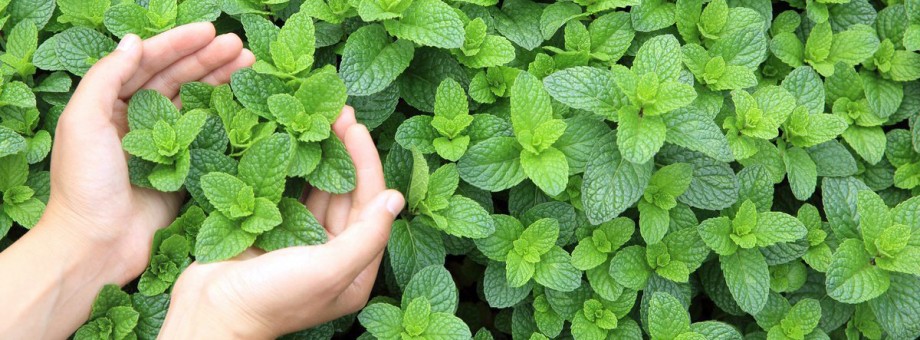MINT - THE HERB OF HOSPITALITY

The well-known mint turns out to be a powerful drug that has left a mark on history and is still in demand today.
Several millennia ago, the ancient Greeks used mint as a perfume and a culinary herb; the Romans made toothpaste and medicines on its basis. The first written mention of this multifaceted plant is contained in the Ebers Papyrus - an ancient Egyptian medical treatise from 1550 BC, where mint is recommended as an excellent remedy for improving blood circulation and cleansing the body.
Another effective feature of mint was discovered in the Middle Ages. The plant helped in the fight against insects. Herbalists praised this plant so much that starting from the 18th century it had to be specially cultivated - wild-growing fragrant bushes no longer satisfied the powerful and steady demand.
Modern herbal medicine cannot be imagined without fresh and dried mint, as well as mint oil - a precious essential component. To this day, mint remains in demand not only as an aromatic, but also as a medicinal product and as a food product. Chefs distinguish between peppermint, chocolate, apple and even orange, and cross-pollination can create unique aromatic hybrids. A great help in this is the unpretentiousness of this plant - for successful growth, it only needs warm soil that does not freeze for the winter. There are even varieties of mint that grow in the mountains. In total, botanists distinguish more than three thousand subspecies.
Ancient authors called mint a symbol of hospitality, because before the arrival of important guests, the earthen floors of Greek houses were covered with this grass, and when a guest stepped on the mint, its pleasant aroma spread throughout the room. In myths, the appearance of the plant is associated with Persephone, the wife of Hades - enveloped in jealousy, the goddess turned her rival into a nondescript bush, and the frustrated god, unable to disenchant her, endowed her with a pleasant fresh scent.
In Turkmen folk medicine, decoctions and infusions of the plant are used for toothache, rheumatism, heart and liver diseases, stomach ulcers and as an expectorant. A detailed description of the beneficial medicinal properties of mint can be found in the encyclopedia of the President Gurbanguly Berdimuhamedov «Medicinal plants of Turkmenistan».


 NEWS
NEWS